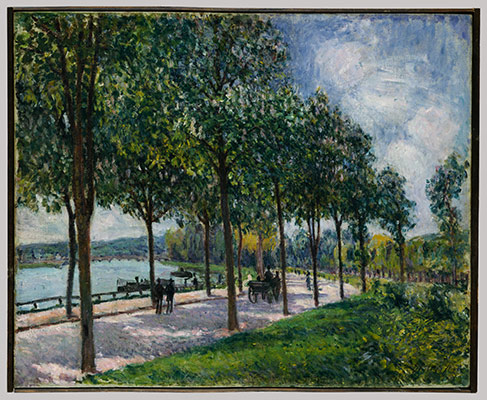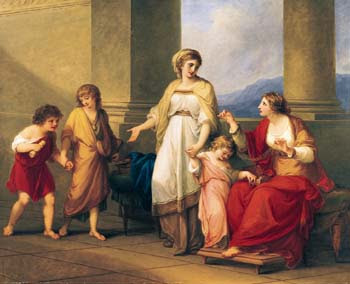Art has been relevant for centuries and is continually progressing. Of course it may be aesthetically appealing and we all “like” it, but what purpose does it serve? I believe the purpose of art is to tell people a story through each piece.
Early Modern
Early Modern came at a time that allowed it to be heavily influenced by WWI.
Visual Art
Art took a major turn during this time as artists begun telling the story of what was happening in the world by promoting movements through their art.
Dada was an anti-war movement presented through art. This is one of the first pieces that directed their focus more towards making a point and less towards being aesthetically appealing.

This is a collage the Dada used to initiate their movement. This piece clearly tells a story through the different images they chose to use. I personally find this piece very attention grabbing due to the many different elements there are to observe.
Music

Charles Ives was an American composer, most recognized in the 19th and 20th centuries. He was most popular for his song The Fourth of July.
I couldn’t help but find the song confusing and almost creepy. The title The Fourth of July lead me to believe it would have happier tones but all I felt was someone creeping down he stairs in a scary movie. Regardless of my negative opinions on the song, I still feel it told a story through the different variety of tones used throughout.
Theater

Henrik Ibsen was a Norwegian play writer with a continuously evolving style. Towards the end of his career, Ibsen begun to focus on a more self-reflective style with older characters reflecting on the things they’ve done throughout their lives.
Ibsen was most famous for his work A Doll’s House, which was about a woman who struggled the balance of being a wife and a mother while still fulfilling her own needs. I find this incredible simply because even though times are very different, this struggle is still very relevant with many women today. Clearly, this play tells a story as it is, well, a story.
Present
Today, art is still very relevant, though it has clearly changed as most things do. Art still manages to tell a story through each piece, though.
Architecture
Frank Gehry is a well known architect who has done phenomenal work for years. He is well known for many pieces, such as the Walt Disney Concert Hall in Los Angeles, California.
 Foundation Louis Vuitton – Paris
Foundation Louis Vuitton – Paris
More recently, Gehry created the Foundation Louis Vuitton in Paris. This was completed in 2014. I love many works of Gehry due to his unique abilities and the way he pairs it with simplicity. I feel this piece displays that style very well. Architecture still tells a story through the shapes and color schemes used. This piece uses a neutral color and sharp lines which to me displays a story of elegance prior to walking in the building.
Music
Music is something that has undoubtably changed since the Early Modern era. The most commonly listed to type is not likely to be an orchestra anymore.
 Needtobreathe
Needtobreathe
Though there are many different styles and artists to choose from, one of my more recent favorite songs is Something Beautiful by Needtobreathe. I find the tone soothing, the words relatable, and all aspects of the song enjoyable. This song tells a story through the words and the tone.
Film
Though film is displayed very differently today than it once was, it still tells a story just like it once did. Some stories being told today were once told through plays in other eras.

One recent movie is Wanderlust with Paul Rudd and Jennifer Aniston. This movie, just like the play A Doll’s House, is about self-reflection and balancing life with what you truly need as a person. I find this extremely interesting simply because you wouldn’t think people would worry about the things they did centuries ago, but we do. Not to mention, how can one not love a movie with Jennifer Aniston?
Works Cited
“Dada Movement, Artists and Major Works.” The Art Story. N.p., n.d. Web. 11 Dec. 2016.
“Henrik Ibsen.” Biography.com. A&E Networks Television, 2015. Web. 11 Dec. 2016.
 Self Portrait in a Velvet Dress – 1926
Self Portrait in a Velvet Dress – 1926 Self-Portrait – Time Flies – 1929
Self-Portrait – Time Flies – 1929 Self Portrait Between the Curtains – 1937
Self Portrait Between the Curtains – 1937 Self Portrait with cropped hair
Self Portrait with cropped hair


 London’s National Gallery – London 1991
London’s National Gallery – London 1991



 The Persistence of Memory 1931
The Persistence of Memory 1931










